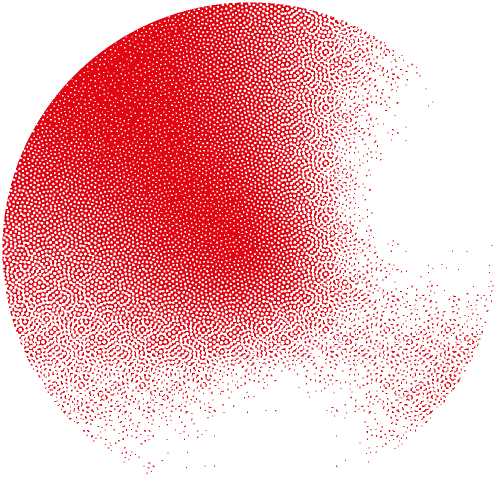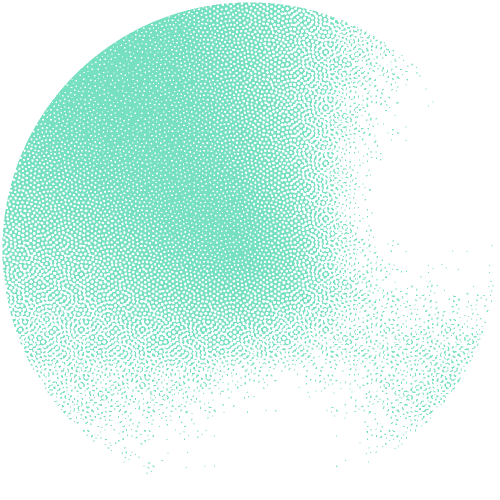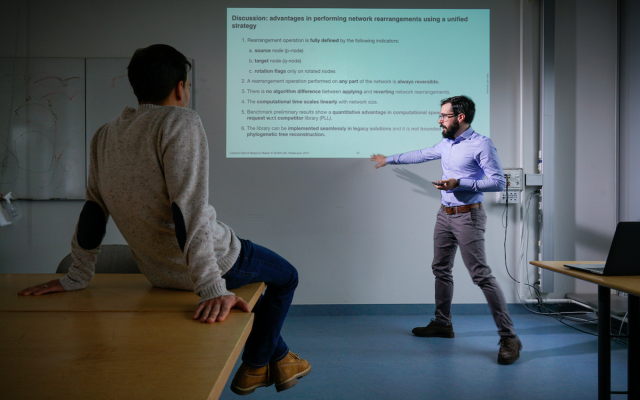Through our Training group, we provide a rich course offering to students, researchers, bioinformaticians, programmers, technicians and clinical professionals, from academia and industry. Participants from Switzerland and beyond are thus able to hone their skills across the spectrum of bioinformatics techniques, methods and tools.
Courses for scientists
We offer courses for researchers at all levels: PhD students and postdocs, senior scientists, principal investigators, as well as research staff such as programmers, technicians or bioinformaticians, from Switzerland or abroad. Participants from industry are welcome to attend SIB courses to rapidly develop expertise in a specific area, such as genomics, proteomics and systems biology.
To specifically support the PhD students in Switzerland carrying out research in bioinformatics or computational biology, the institute runs the SIB PhD Training Network.
Are you looking for a new challenge or a career change? SIB courses are also open to participants with a scientific background, looking for additional training.
You can also find below the various academic diplomas available in Switzerland to become a bioinformatician.
Private courses for companies
Whether you are a startup, small or medium-sized enterprise, or a multinational corporation, SIB's course portfolio can be customized to suit the unique requirements of your business. These courses can be conducted either in-person or online.
Contact us to discuss any bioinformatics training you may require.
Courses for clinical professionals
Our courses are developed in collaboration with clinical stakeholders and are designed to seamlessly integrate into their continuing education programs. The primary objective of these courses is to equip clinical professionals, such as medical doctors, clinicians, and medical laboratory professionals, with a comprehensive understanding of fundamental bioinformatics concepts that are crucial for the analysis, interpretation, and management of molecular data, and their practical applications in clinical settings.
This regular course is:
- Certificate of Advanced Studies (CAS) in Personalized Molecular Oncology, in collaboration with the Basel and Lausanne University Hospitals and Basel University.
- Bachelor’s degree in Computational Sciences – University of Basel
- Master’s degree in Bioinformatics and Computational Biology – University of Bern and University of Fribourg
- Master’s degree in Computational Biology and Bioinformatics – ETH Zurich, University of Zurich and University of Basel
- Master’s degree in Molecular Life Sciences specialization in Bioinformatics – University of Lausanne
- Master’s degree in Biology specialization in Bioinformatics and Biological Data Analysis – University of Geneva


